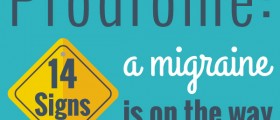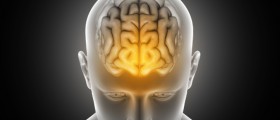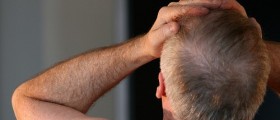
Information on Acute Headache
Headache is a term for a medical condition which can bedescribed by discomfort or painful sensations in the head. There are numerousdifferent types of headaches but the most common ones include cluster headache,migraine with aura, migraine headache and tension headache. Cluster headachesusually occur on one side of the head, they occur at night, and they may lastup to 2 hours. Migraine with aura involves seeing a small spot which issurrounded by bright zigzag lines. Migraine headaches are especially unpleasantbecause they may be reoccurring and sometimes they may last up to three days.In most cases painful sensations occurs only on one side of the head, and itcommonly affect the back of the head or the temple of the head. In some cases,migraine headaches may occur behind the eyes as well. Tension headache is themost common type of headache and is usually characterized by mild to moderatepainful sensations across the forehead or in the back of the head.
What causes headaches?
Headaches may be caused by numerous different factors, andthey may also be symptoms of various medical conditions. Causing factorsinclude stress, menstruation cycles, fatigue, diets, toxins, structuraldisorders, trauma and various medical problems. Headaches may also be triggeredby estrogen replacement therapy and birth control pills. The same can be saidfor daytime napping, changes in the sleep patterns and tiredness. Otherpossible causes include alcoholic beverages, tumors, thyroid problems anddifferent types of viral or bacterial infections. Headaches are sometimes veryhard to describe so it may be rather problematic for the doctor to determinethe exact type of headache, diagnose it and prescribe an appropriate treatmentmethod.
Signs and Symptoms
There are numerous different types of signs and symptomswhich can be associated with different types of headaches and those includedecreased energy, weakness, being less alert than usual, trouble staying awake,tenderness of the neck area, tenderness of the head, stiff neck, runny nose, beingunable to see as well as usual, being unable to see as clear as usual, troubletolerating bright light, seeing strange sights before the headache occurs,losing the ability to see to the sides, down or up, red eyes, watery eyes,drooping eyelids, vomiting, nausea, loss of memory and sometimes even fever.
Treatment
Treatment depends on the cause and the underlyingconditions, if there are any. Analgesics, antidepressants and cognitive behavior therapy are among themost common methods of treatment.















Your thoughts on this
Loading...